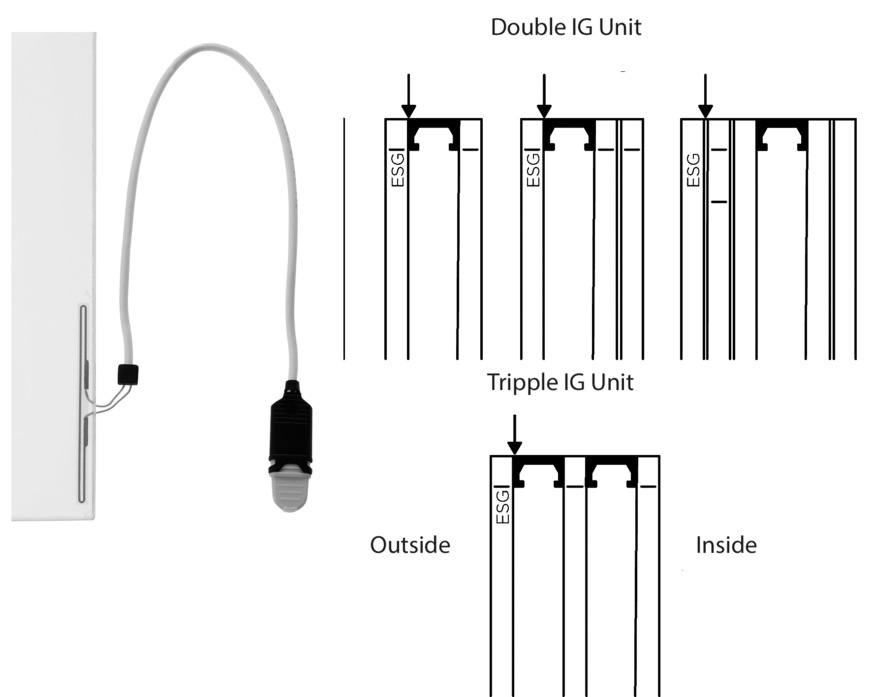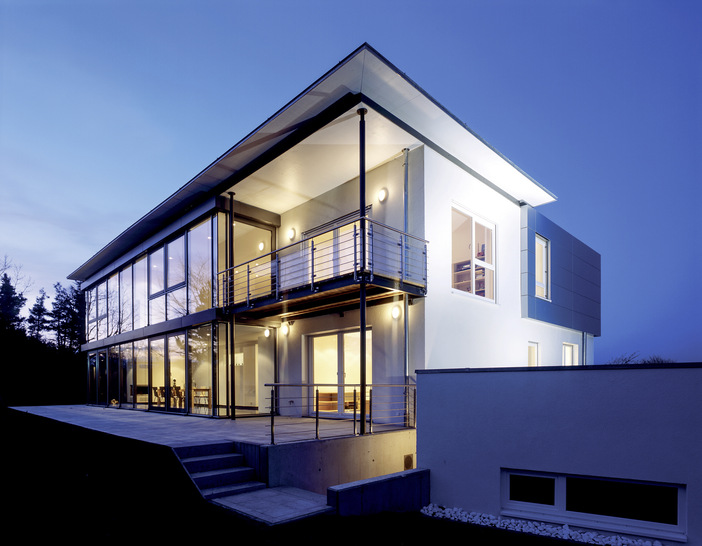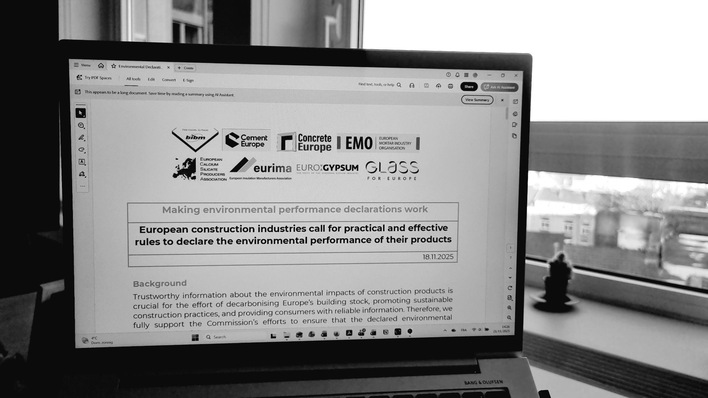When burglars break in, the perpetrator has to be quick: If he or she fails to open a window or door, he or she often addresses the supposed "glass" weak point. Most people try to break the panes. In the case of alarm glass, an electronic alarm is triggered immediately if the glass breaks, which usually prevents the break-in attempt. Alarm glass combines mechanical and electronic burglary protection and is classified by police and insurance companies as one of the most secure systems.
The functional principle of the alarm glass is simple: an electrical conductor track is applied to the glass pane and charged with a current of less than 0.1 A via the alarm system. The alarm is triggered if this conductive path is interrupted. Here a special property of the ESG glass is used: it always breaks over the entire surface.
If a conductor path is to be interrupted in the event of glass breakage, it does not have to run over the entire glass surface, as is the case with older composite panes with alarm wire.
The typical breaking behaviour of ESG causes the alarm loop to be destroyed at every point of the pane and the alarm to be triggered. The alarm loop is always of the same size, regardless of the size of the target. This simplifies the design of the alarm system enormously, because each alarm glass always has approximately the same ohmic resistance. Depending on the version, this is between 1 and 6 Ohm.
Usually, the alarm loop is applied along the edge compound, where it is later covered by the glass terminal strip. If an optical deterrent is desired, a corresponding dummy can also be applied.
The application of the conductor path is integrated into the manufacturing process of the ESG glasses. Before the float glass is thermally tempered to ESG at approx. 600 °C, the conductive path is applied as a ceramic colour via a transfer image along a glass edge. Baked in this way and additionally covered by the pane bond, destruction is only possible through glass breakage. A silver content in the ceramic colour means that current can flow here.
Possible glass units
According to the approval regulations, glazing with Securit Alarm may only be installed in frame constructions. Almost all designs are possible, from single laminated glass to multiple insulating glass. The only requirement: An ESG glass as alarm glass must be integrated.
As a rule, this is arranged as the first pane of the "attack side". The alarm loop is well protected on position 2 of the insulating glass. For installation, the general glazing guidelines of Saint-Gobain Glass apply. These are based on the valid DIN and EN standards as well as technical guidelines of the professional associations and institutes.
The block must be set in accordance with the specifications so that the safe triggering of the alarm is not impeded if the pane breaks.

Saint-Gobain Glass
How the pane receives its power
For the electrical connection, a 30 cm long connection cable is routed from the alarm loop to the pane at the factory. At the end there is a flat plug socket, matching the connectors of the extension cables.
Reliable plug connections, which are installed in the glazing rebate area, simplify the use and handling of the alarm glasses. Due to the risk of condensation, this should preferably be done in the vertical rebate room.
A minimum distance of 5 mm is required between the rebate base and the glass edge. To avoid mechanical stress on the plug connections and cables, the cable must be laid in loops in the rebate after and before the plug. The connector system and the extension cables for connection to the alarm system are part of the approval.
Once installed, no maintenance is required for the function of the alarm glasses. Due to the protected position in the SZR of the ISO unit or in the foil compound of a laminated safety glass, unintentional damage and thus a false alarm are excluded.
Peter Gahr, planner and architect













